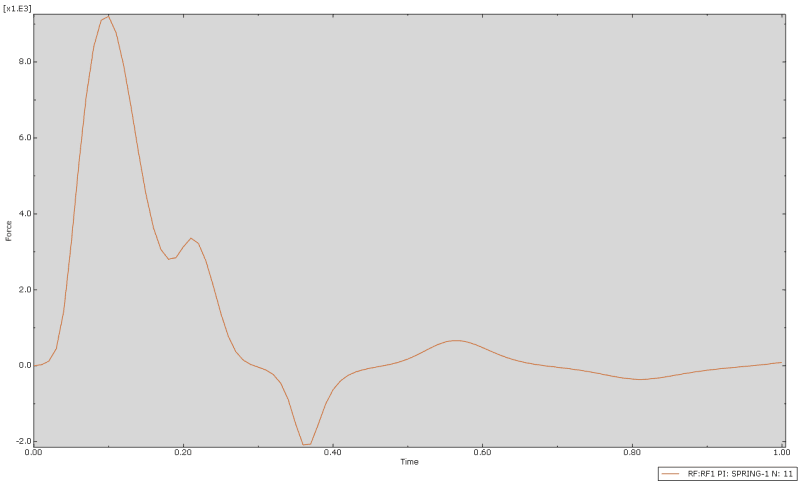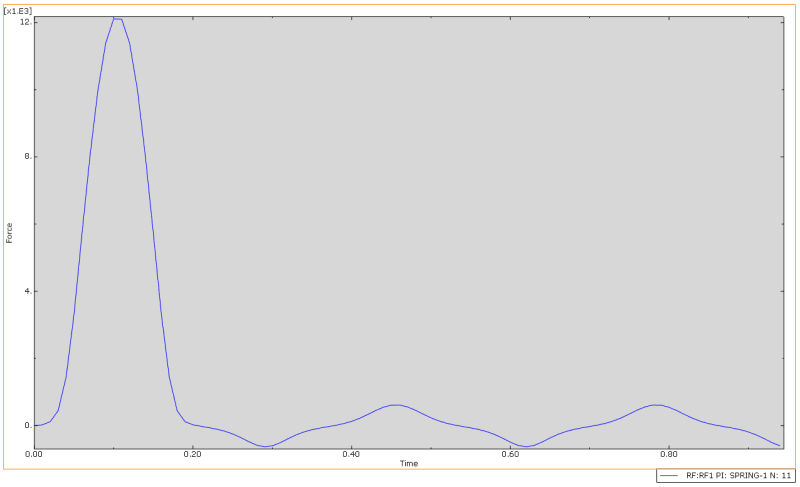Hello All,
I want to use no compression 1d elements in abaqus explicit (elements like nastran gap elements). I used hyperelastic material with negative strain and force but it gave unrealistic results.
Basically, I want to model model a mass spring system. The spring has nonlinear stiffness value and it shouldn't carry any load under compression.
I have built a model and experienced negative reaction force in 1D elements. Are there any solution for this? You can check attached model for better understanding.

I want to use no compression 1d elements in abaqus explicit (elements like nastran gap elements). I used hyperelastic material with negative strain and force but it gave unrealistic results.
Basically, I want to model model a mass spring system. The spring has nonlinear stiffness value and it shouldn't carry any load under compression.
I have built a model and experienced negative reaction force in 1D elements. Are there any solution for this? You can check attached model for better understanding.


